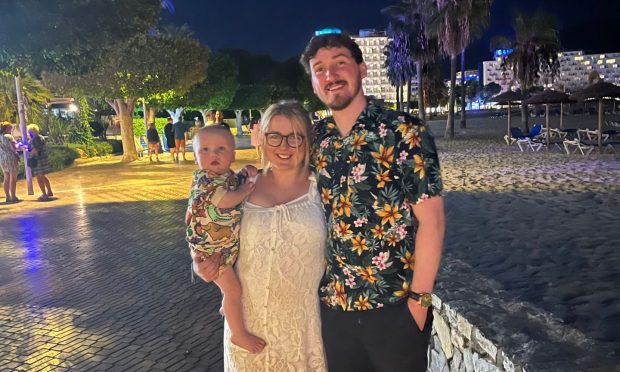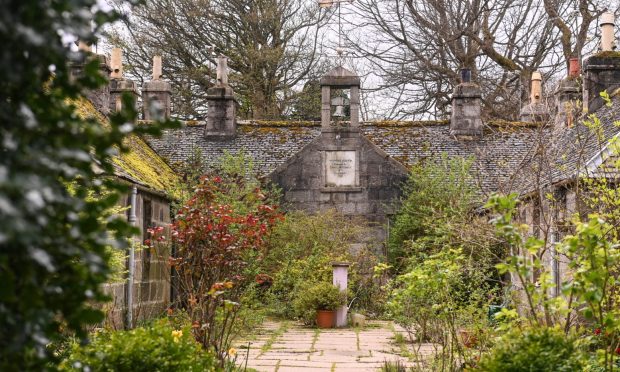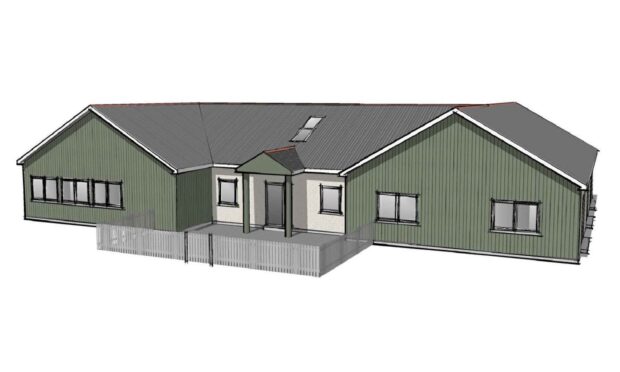Students based in the north-east have offered a glimpse of the future after designing new ‘flat pack’ affordable housing that residents can build themselves.
Budding architects from Robert Gordon University’s Scott Sutherland School of Architecture in Aberdeen came up with plans for a series of small, affordable houses as part of a project with Grampian Housing Association (GHA).
They were tasked with creating three types of accommodation, to cater for a single person, a couple and a small family, with an emphasis on sustainability and energy efficiency.
Among the key features of the so-called ‘Tiny Houses’, is the ability for self-assembly, to help reduce construction costs, and smart storage, to maximise space in the accommodation.
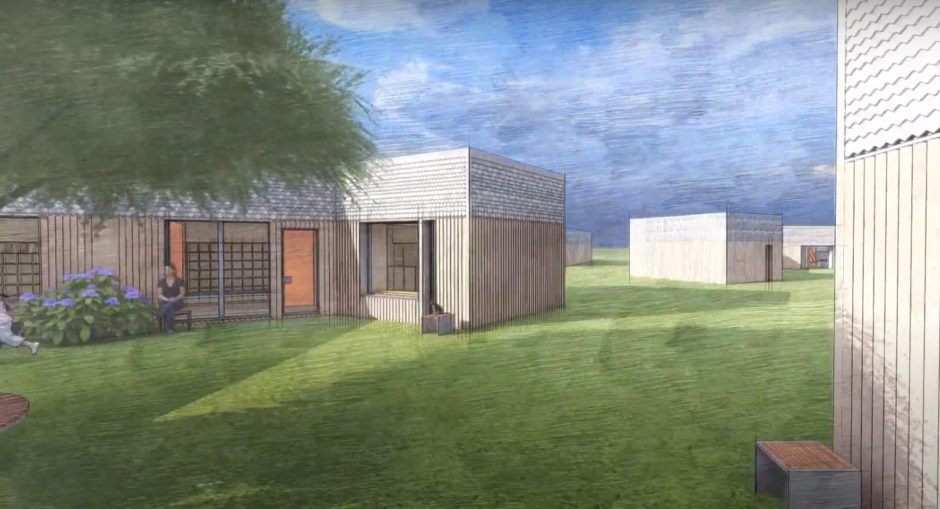
The designs will now form part of a competition, where the public can vote for their favourite projects, with the winners being decided by members of GHA and academic staff at the Scott Sutherland School.
Dr Amar Bennadji, lecturer in Architecture at RGU, said: “The ‘Tiny House’ movement is spreading worldwide, with the aim of providing decent living space without the financial burden.
“We felt this was an ideal opportunity for our students to work on a live project which could have positive implications for the local community.
“This could be a long-time solution to provide shelter and preserve people’s dignity by offering them just what they need.
“It has been great to work alongside Grampian Housing Association on the project.”
Chief executive of GHA, Neil Clapperton, said: “The project is completely aligned to our objectives of providing affordable, sustainable homes to meet people’s housing needs.
“It has been an enlightening experience being involved in the project and the high quality of work of the students is to be commended.”
The ‘Tiny House’ movement is an architectural and social movement that advocates living simply in small homes, generally considered as those under 37 square metres.
A popular construction style is to build them on a trailer base which allows them to be classified as road-towable vehicles, and avoids many of the complications of building a permanent home with foundations.
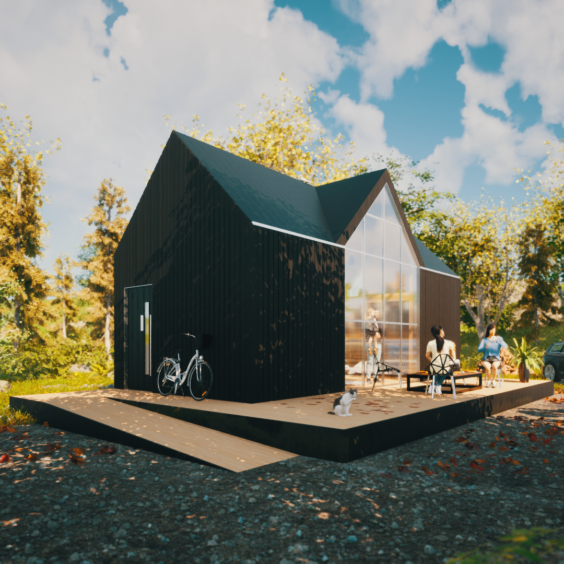
Others are log-cabin style or shed homes, and some are even built underground.
They are much cheaper than traditional housing as the average Tiny House price tends to be around £35,000.
One 10 square metre house was built for just £900.
GHA chairman and RGU lecturer, Abhishek Agarwal, added: “Through this project we are hoping to be able to support our communities by driving the agenda for affordable, innovative and sustainable homes, but at the same time offering support for skills development in the built environment.”
All of the projects will be exhibited in a virtual exhibition later in the year.



